From bok choy to bamboo shoots, vegetables are a staple of Chinese cuisine.
Chive dumplings, water spinach stir fry, egg fried rice: are you hungry yet?
Whether you’d like to browse a Chinese market or understand a Chinese menu, look no further – this article is for you!
In this brief and delicious introduction to Chinese vegetables, I’ll give you the names of the most common vegetables in Mandarin and tell you a little about their usage in Chinese cuisine.
Table of contents
- Chinese Vegetables: A Couple of Heads Up
- “Corn” – 玉米 (yù mǐ)
- “Tomato” – 西红柿/西紅柿 (xī hóng shì) or 番茄 (fān qié)
- “Sweet potato” – 地瓜 (dì guā), 番薯 (fān shǔ)
- “Potato” – 马铃薯/馬鈴薯 (mǎ líng shǔ) or 土豆 (tǔ dòu)
- “Cabbage” – 卷心菜 (juàn xīn cài),高麗菜 (gāo lì cài)
- “Bean sprouts” – 豆芽 (dòu yá)
- “Soy” – 大豆 (dà dòu)
- “Eggplant” – 茄子 (qié zǐ)
- “Peanut” – 花生 (huāshēng)
- “Papaya” – 冬瓜 (mùguā)
- “Bok choy” – 小白菜 (xiǎo báicài)
- “Chive” – 韭菜 (jiǔcài)
- “White radish” – 白萝卜/白蘿蔔 (báiluóbo)
- “Asparagus” – 芦笋/蘆筍 (lúsǔn)
- “Green bean” – 豆角 (dòujiǎo)
- “Carrot” – 胡萝卜/胡蘿蔔 (hú luóbo)
- “Broccoli” – 西兰花/西蘭花 (xī lán hua) or 花椰菜 (huā yé cài)
- “Brussels sprouts” – 小洋白菜 (xiǎo yáng bái cài)
- “Cilantro/coriander” – 香菜 (xiāngcài)
- “Basil” – 罗勒/羅勒 (luōlè) or 九层塔/九層塔 (jiǔ céng tǎ)
- “Winter melon” – 冬瓜 (dōngguā)
- “Black beans” – 黑豆 (hēidòu)
- “Cauliflower” – 花椰菜 (huā yé cài) or 菜花 (cài huā)
- “Onion” – 洋葱/洋蔥 (yáng cōng)
- “Chili pepper” – 辣椒 (là jiāo)
- “Ginger” – 姜 (jiāng)
- “Mushrooms” – 蘑菇 (mó gu)
- “Cucumber” – 黃瓜 (huángguā)
- You’re All Set to Cook Delicious Vegetable-Based Recipes in Chinese
Alright, let’s get started – 開始吧 (kāi shǐ bā)!
Chinese Vegetables: A Couple of Heads Up
In this article, you will see that many vegetables have more than one name. Just like English has both eggplant and aubergine, Chinese often has many names for a single vegetable.
These differences are often due to regional speech patterns.
But there’s no need to fear – with any of the words below, you can still get your idea across. And with a little bit of practice, you can learn to associate certain words with certain places!
I will write both simplified and traditional characters where relevant. But if the simplified and traditional characters are the same, I’ll just write it once!
“Corn” – 玉米 (yù mǐ)
Corn is a vegetable you can find in many different dishes in the Chinese-speaking world. It can turn up in hot pot, in a bowl as its own dish, or even fried on a stick from a street vendor.
But if you’d like to try 烤玉米 (kǎo yù mǐ), or the fried, Chinese version of corn on the cob, make sure you ask how it’s sold. In some parts of China, it’s cooked kernel by kernel, whereas in others, it’s cooked whole.
This confusing situation can lead to getting much more or much less corn than what you expected! Check out this article to read a bit more about it.
“Tomato” – 西红柿/西紅柿 (xī hóng shì) or 番茄 (fān qié)
(Simplified and traditional characters here are the same.)
The tomato is, historically speaking, a recent addition to Chinese cuisine. It arrived in China sometime during the Ming dynasty (1368-1644), but it is used frequently today.
One popular, if simple, dish is 番茄炒蛋 (fān qié chǎo dàn), tomato with scrambled eggs. The picture below shows a side of tomato and eggs I had for lunch at a student cafeteria in China:
Both Chinese words for tomato mention its origins: 西红柿 taken apart means “Western red persimmon”. The first character of 番茄 means “foreign, not Chinese,” while 茄 is the first character of “eggplant.”
No matter which word you use, you can be sure it’ll be delicious! And if you’d like to practice your Chinese reading skills, try reading this article about the arrival of tomatoes in China.
“Sweet potato” – 地瓜 (dì guā), 番薯 (fān shǔ)
If one day you find yourself at a Taiwanese night market, be sure to try some 地瓜球 (dìguā qiú): it’s a delicious local specialty! Even if you aren’t a huge fan of sweet potatoes, you might still love it for its light, fluffy texture.
“Potato” – 马铃薯/馬鈴薯 (mǎ líng shǔ) or 土豆 (tǔ dòu)
Who doesn’t enjoy a potato, in any of its forms? Whether you’re enjoying some French fries (薯条/薯條, shǔ tiáo) or chips (洋芋片, yáng yù piàn), you know it’ll be great.
In terms of the difference between 马铃薯 and 土豆, 马铃薯 is more common in Taiwan, while the latter is preferred on the Chinese mainland.
French fries even come with their own special variation in China: here you can see French fries with a Sichuan hot pepper on top. 好吃 (hǎochī), delicious!
“Cabbage” – 卷心菜 (juàn xīn cài),高麗菜 (gāo lì cài)
Cabbage, most commonly called 卷心菜 in China and 高麗菜 in Taiwan, is to be found in market stalls all over the Chinese-speaking world.
“Bean sprouts” – 豆芽 (dòu yá)
Bean sprouts can be boiled and served by alone, or sprinkled on top of another dish.
“Soy” – 大豆 (dà dòu)
Soy appears as a part of 豆浆/豆漿 (dòujiāng), or soy milk, an essential part of a Chinese breakfast, and also part of the beloved 豆腐 (dòufǔ), tofu.
Tofu, with its high protein content, is a great way to fill up without eating meat.
“Eggplant” – 茄子 (qié zǐ)
Eggplant is a common vegetable in Chinese cuisine. A famous dish is 魚香茄子 (yúxiāng qié zǐ), “fragrant fish eggplant”, a specialty in the Sichuan region.
Eggplant may not be best for people who are particular about 口感 (kǒugǎn), texture: it’s a bit intimidating for those who don’t like things too chewy.
“Peanut” – 花生 (huāshēng)
I was hesitant to include this one on the list – but after some serious Google research, I have determined that peanut is, in fact, a vegetable. Who knew!
Peanuts are also quite present in Chinese cuisine. You can find them sprinkled on top of 酸辣粉 (suānlàfěn), a sour-spicy type of noodle dish.
They also commonly come sprinkled on top of 豆花 (dòu huā), a tofu-centered dessert. 豆花 is a delicious treat on a hot day: or, if you’re like me, at any time of the year!
“Papaya” – 冬瓜 (mùguā)
木瓜 is often made into beverages. It can be part of a milk drink, or also a smoothie. It’s a unique taste for those unaccustomed, but it’s certainly pleasant, and even more so on a hot day.
“Bok choy” – 小白菜 (xiǎo báicài)
The word bok choy in English as we know it comes from the Cantonese baak6 coi3, but in Mandarin, it is called 小白菜(xiǎo báicài).
If you are looking for a simple introduction to the Chinese dialects, check out this article and learn about the differences between Cantonese, Mandarin, and more.
“Chive” – 韭菜 (jiǔcài)
Chives are often found in dumplings, either as one ingredient or sometimes as the primary ingredient. Vegetarian-friendly dumplings often include either chives or cabbage – for me personally, I prefer chives!
“White radish” – 白萝卜/白蘿蔔 (báiluóbo)
White radish, also known as Daikon from its Japanese name, is most famous for being the main ingredient of turnip cake. Turnip cake, or radish cake, is a staple of dim sum, a type of cuisine popular in the Cantonese-speaking areas of Hong Kong and Southern China.
The next time you go to a dim sum place, be sure to try a delicious turnip cake, or 白萝卜糕 (báiluóbo gāo) in Chinese: it won’t disappoint!
“Asparagus” – 芦笋/蘆筍 (lúsǔn)
Asparagus is often sauteed to be eaten alone or with meat.
Additionally, asparagus juice is commonly found in convenience stores in China. I haven’t tried it yet – would you try it?
“Green bean” – 豆角 (dòujiǎo)
Green beans, just like asparagus, are often sauteed and are sometimes accompanied by bits of meat. Both of them are, in their own way, quite delicious.
“Carrot” – 胡萝卜/胡蘿蔔 (hú luóbo)
Carrot shares its last two characters, 萝卜, with white radish.
“Broccoli” – 西兰花/西蘭花 (xī lán hua) or 花椰菜 (huā yé cài)
Broccoli is known primarily by two names in the Chinese-speaking world. Its regional difference is also a cross-strait difference: 西兰花 is more common in Mainland China, whereas 花椰菜 is more common in Taiwan.
“Brussels sprouts” – 小洋白菜 (xiǎo yáng bái cài)
Brussels sprouts are not typically well known in China. For this reason, their name includes the character 洋 (yáng), which carries its label as a Western food.
“Cilantro/coriander” – 香菜 (xiāngcài)
香菜 is a common seasoning added on top of many dishes, including the Taiwanese 刈包 (guàbāo). 刈包 is often compared to a hamburger, a steamed bun topped with pork, peanut powder, pickled vegetables and, of course, cilantro.
“Basil” – 罗勒/羅勒 (luōlè) or 九层塔/九層塔 (jiǔ céng tǎ)
“九層塔” literally means “9-layer tower,” which most likely refers to the appearance of basil as it grows. Basil has a history of at least 900 years in China, and today it is grown in many parts of the country, as well as in Taiwan.
“Winter melon” – 冬瓜 (dōngguā)
Winter melon is a green gourd that often appears in Chinese stir fry. It looks similar to cucumber when cut. It can also be a part of a soup.
“Black beans” – 黑豆 (hēidòu)
Black beans are a bit exotic in Chinese cuisine. They are most typically found in foreign foods.
“Cauliflower” – 花椰菜 (huā yé cài) or 菜花 (cài huā)
For some Chinese speakers, cauliflower and broccoli are the same word; to distinguish, they may use 白花椰菜 (bái huā yé cài) to refer to cauliflower specifically.
In the picture below, you can see a bento box (便当/便當, biàndāng) made up of several Chinese vegetables, including cauliflower and asparagus.
“Onion” – 洋葱/洋蔥 (yáng cōng)
The word onion is formed by the two characters 洋, meaning “Western”, and 葱/蔥.
Onions, interestingly enough, are considered a non-vegetarian item in both Buddhism and Taoism.
According to the most traditional and stringent versions of Buddhism/Taoism, onion, garlic, chives, scallion, and shallots are all considered against their vegetarian diet. It is said that their strong flavor is unbeneficial to religious practice.
“Chili pepper” – 辣椒 (là jiāo)
The word 辣椒 can refer to two different things: it can mean a spicy bell pepper, but it also denotes a specific kind of spicy sauce.
The spicy sauce variant of 辣椒 can be found in plenty of restaurants around the Chinese-speaking world in a little plastic cup with a miniature spoon.
Although it can be somewhat salty, it’s also a delicious addition to a bowl of noodles, a sauteed vegetable, or maybe anything.
Often, people just call it 辣椒, but to distinguish it from the hot pepper, you can call it 辣椒醬 (là jiāo jiàng), or “chili pepper sauce.”
“Ginger” – 姜 (jiāng)
Ginger is a key spice in many Chinese dishes and a must-have in any Chinese kitchen!
“Mushrooms” – 蘑菇 (mó gu)
The overall term for mushrooms is 蘑菇. However, just like we have different types of mushrooms in English, Mandarin also distinguishes between many different kinds of mushrooms.
金針菇 (jìnzhēn gǔ), or Enoki mushroom, is a long, stringy mushroom.
秀珍菇 (xiūzhēn gǔ), English oyster mushroom, is a thicker, more stubby type of mushroom.
“Cucumber” – 黃瓜 (huángguā)
One of my personal favorites, cucumber is most often (and most deliciously) cut up and mixed with salt, vinegar, pepper, and other ingredients to make a tangy, slightly spicy mix. This is called 涼拌小黃瓜 (liáng bàn xiǎo huáng guā).
You’re All Set to Cook Delicious Vegetable-Based Recipes in Chinese
I hope you enjoyed this brief and delicious introduction to Chinese vegetables. If all this talk of dumplings and stir fry has made you hungry for more Chinese, check out this article on ordering food in Mandarin!
The post 28 Vegetables and Their Translation in Mandarin Chinese (+ Recipe Ideas!) appeared first on Fluent in 3 Months.
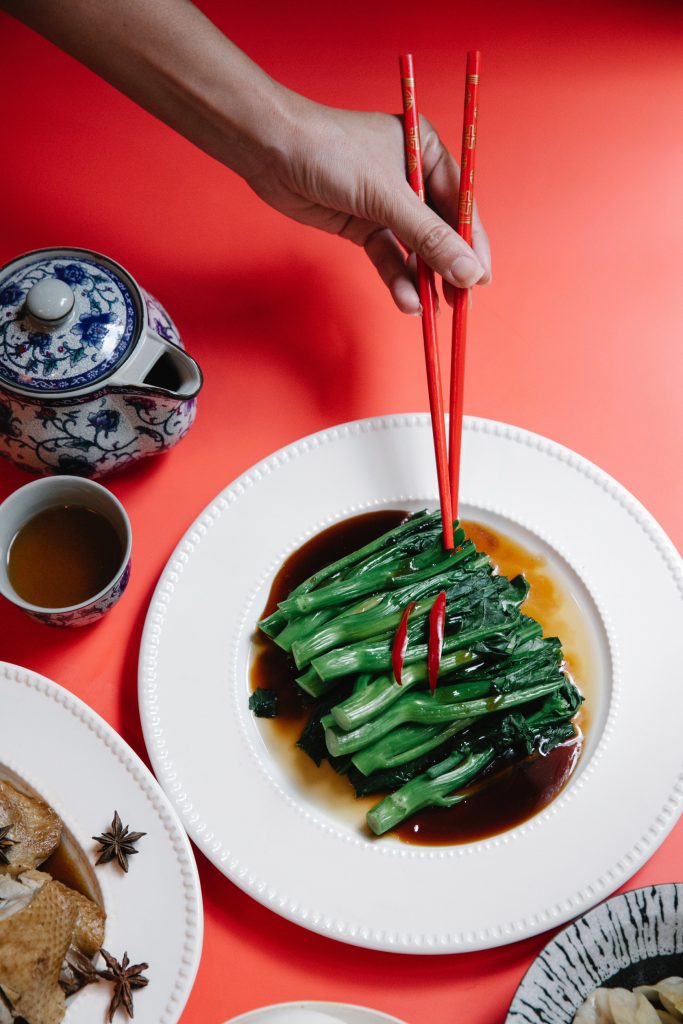
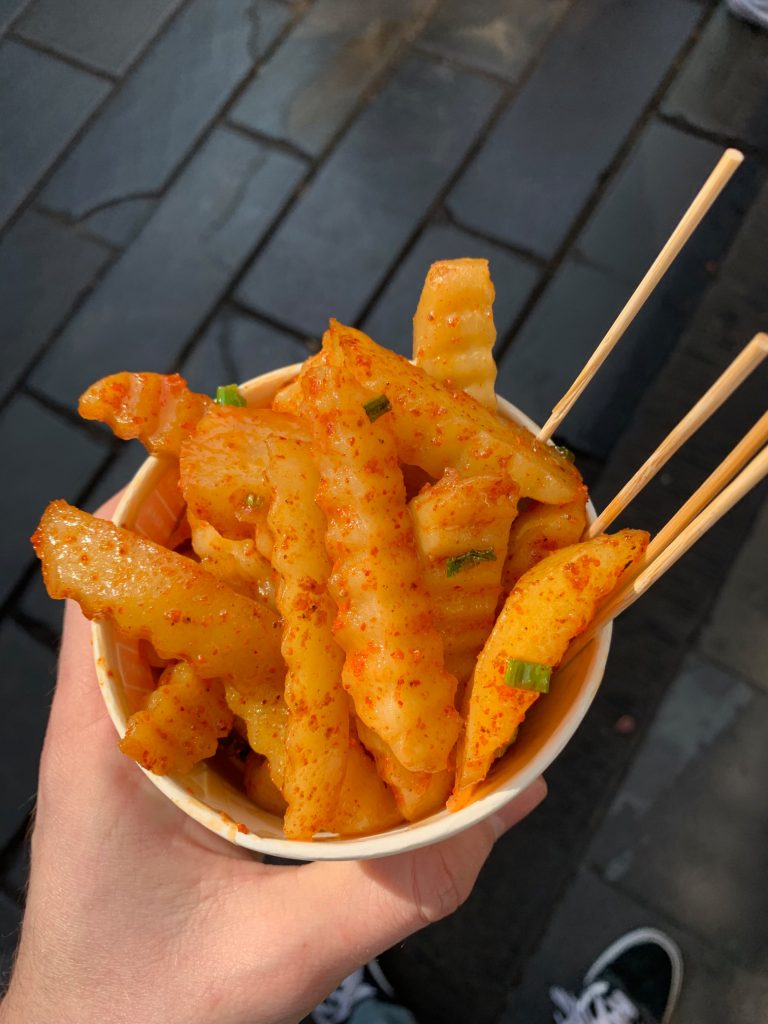
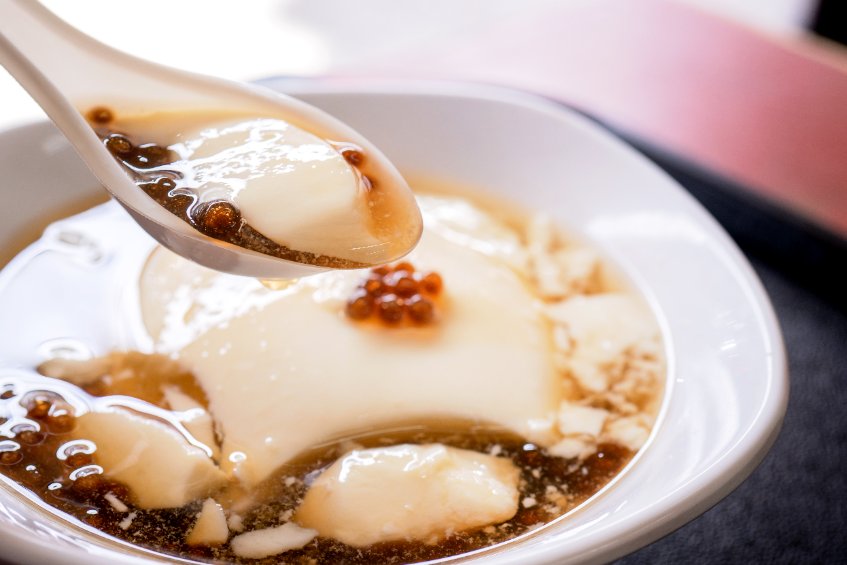
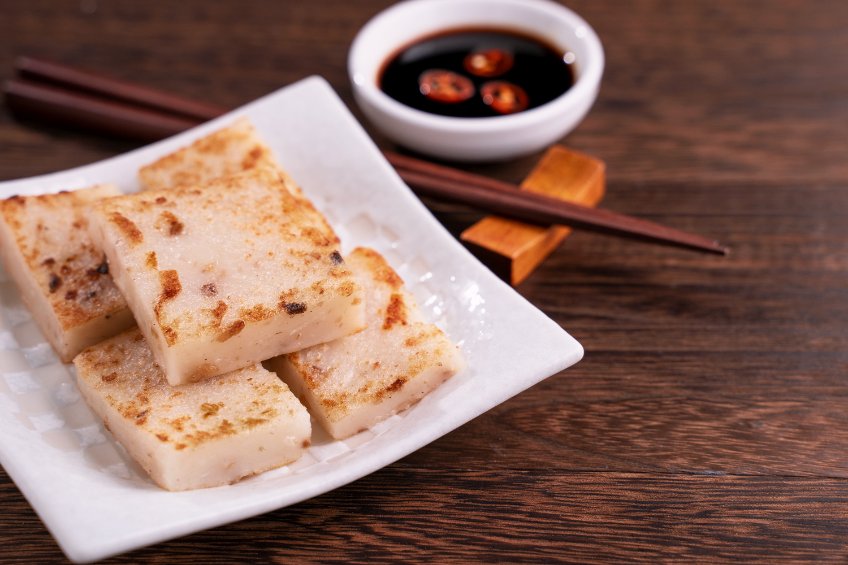
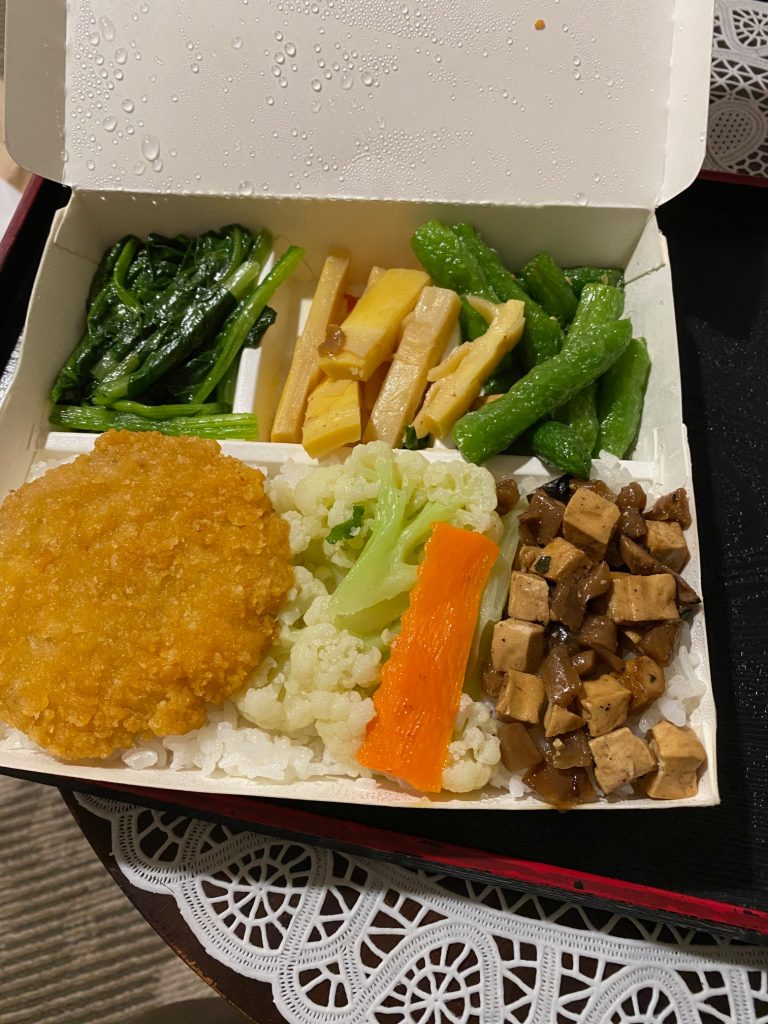


0 Commentaires